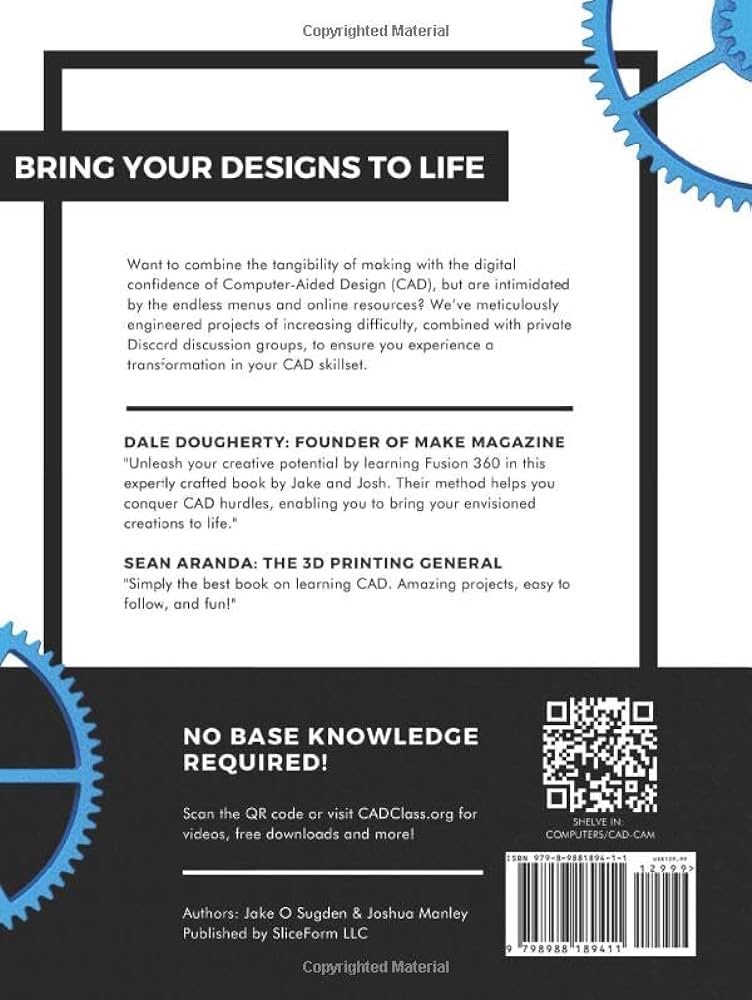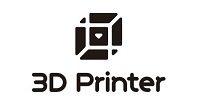Introduction
Welcome to our blog post on 3D printing for beginners! If you are new to the world of 3D printing, you may have encountered some challenges along the way. In this article, we will guide you through the common hurdles that beginners often face and provide tips to help you overcome them. Whether you are interested in 3D printing as a hobby or for professional purposes, this guide will help you navigate the initial stages of your journey.
Understanding the Basics of 3D Printing

Before diving into the world of 3D printing, it’s essential to grasp the fundamentals. 3D printing, also known as additive manufacturing, is a process of creating three-dimensional objects from a digital file. Unlike traditional manufacturing methods, which involve subtracting material, 3D printing builds objects layer by layer.
Choosing the Right 3D Printer
When starting with 3D printing, selecting the right printer is crucial. There are various types of 3D printers available, such as FDM (Fused Deposition Modeling), SLA (Stereolithography), and SLS (Selective Laser Sintering). Each type has its own advantages and limitations, so it’s important to research and choose the one that suits your needs and budget.
Getting Familiar with 3D Modeling Software
In order to create objects for 3D printing, you’ll need to learn how to use 3D modeling software. There are several options available, ranging from beginner-friendly software like Tinkercad to more advanced programs like Fusion 360 and Blender. Take some time to explore different software and find one that you feel comfortable with.
Common Challenges and How to Overcome Them
Designing for 3D Printing
One of the common hurdles beginners face is designing objects that are suitable for 3D printing. It’s important to keep in mind certain design considerations, such as wall thickness, overhangs, and support structures. Designing objects with proper dimensions and suitable features will ensure successful prints.
Choosing the Right Filament
The filament is the material used for 3D printing, and selecting the right one is crucial for achieving desired results. There are various types of filaments available, including PLA, ABS, PETG, and more. Each filament has its own properties, such as strength, flexibility, and temperature resistance. Consider the requirements of your project and choose the filament accordingly.
Summary
3D printing has revolutionized various industries, from manufacturing to healthcare, and has become increasingly accessible to individuals. However, for beginners, the process of getting started with 3D printing can be overwhelming. This blog post aims to address the usual hurdles that beginners encounter and offers practical advice to overcome them.
We will cover topics such as choosing the right 3D printer, understanding different printing materials, learning the basics of 3D design software, troubleshooting common printing issues, and exploring useful online resources. By following these guidelines, you will be able to avoid common pitfalls and make your 3D printing journey smoother and more enjoyable.
Whether you are interested in creating prototypes, personalized gifts, or simply expl click to investigate oring the possibilities of this exciting technology, this blog post will provide you with the necessary knowledge to get started with 3D printing.
- Q: What is 3D printing?
- A: 3D printing is a manufacturing process that creates three-dimensional objects by layering materials based on a digital design.
- Q: How does 3D printing work?
- A: 3D printing works by slicing a digital model into thin layers, then printing each layer on top of the previous one until the object is complete.
- Q: What materials can be used for 3D printing?
- A: Various materials can be used for 3D printing, including plastics, metals, ceramics, and even food or biological materials.
- Q: What are the benefits of 3D printing?
- A: Some benefits of 3D printing include the ability to create complex shapes, rapid prototyping, customization, and reduced waste compared to traditional manufacturing methods.
- Q: What are the common hurdles for beginners in 3D printing?
- A: Common hurdles for beginners in 3D printing include choosing the right printer, understanding design software, troubleshooting printing issues, and selecting suitable materials.
- Q: How can I choose the right 3D printer?
- A: When choosing a 3D printer, consider factors such as your budget, desired print quality, available materials, and the printer’s features and capabilities.
- Q: What software do I need for 3D printing?
- A: You will need 3D modeling software to create or modify designs, and slicing software to prepare the models for printing by generating the necessary instructions for the printer.
- Q: What are some common printing issues and how to troubleshoot them?
- A: Common printing issues include poor adhesion, warping, stringing, or failed prints. Troubleshooting steps may involve adjusting print settings, leveling the print bed, or calibrating the printer.
- Q: Are there any safety considerations with 3D printing?
- A: Yes, some materials used in 3D printing may emit fumes or particles during the printing process. It is

Welcome to my website! My name is Noah Embry, and I am a passionate Dental Public Health Specialist with a strong interest in prototyping essentials, 3D printing techniques, design software reviews, and custom fabrication tips. I am thrilled to share my knowledge and expertise in these areas with you.
